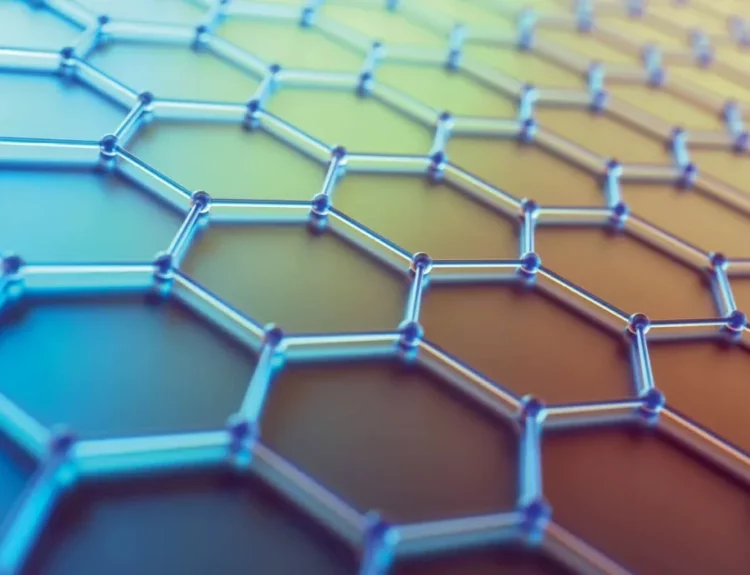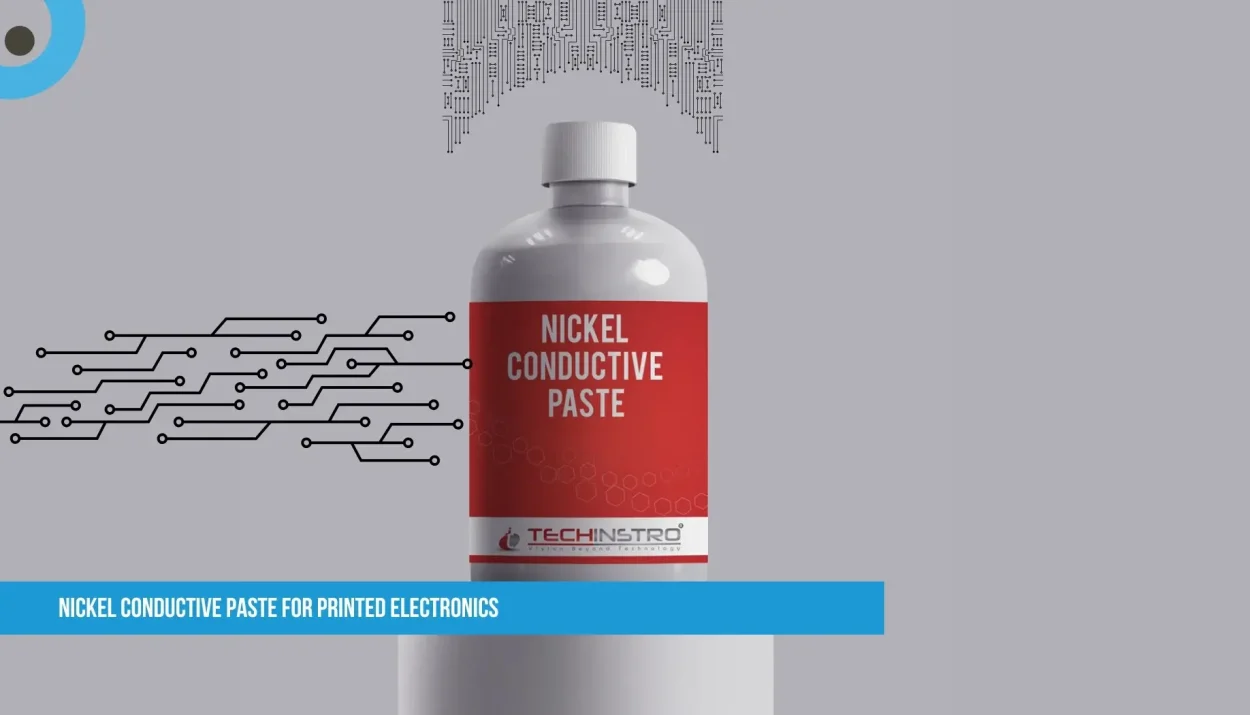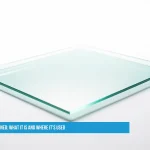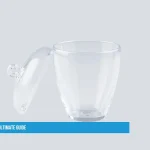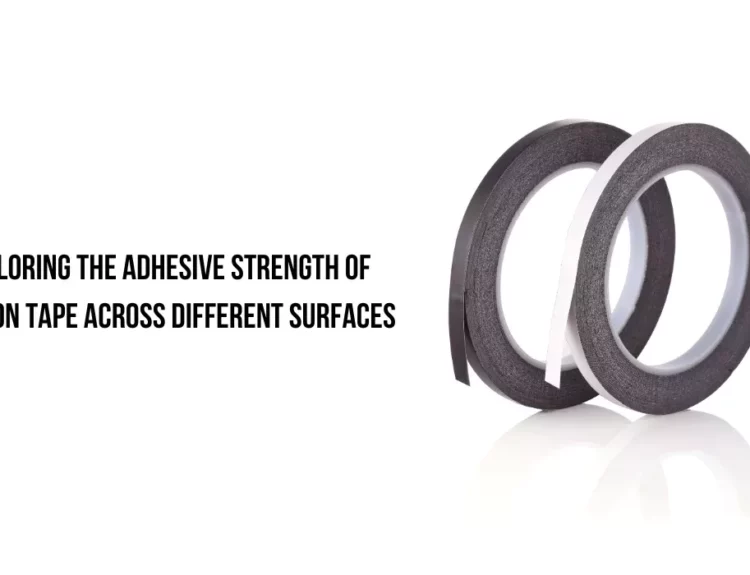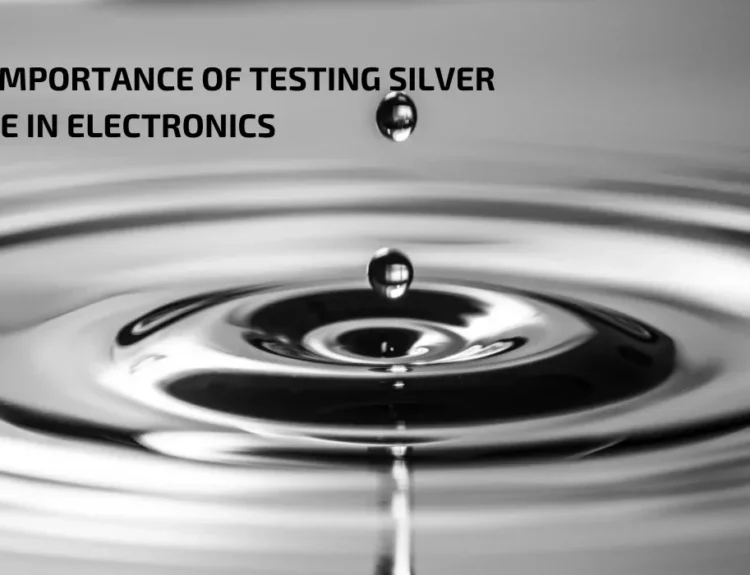What is Nickel Conductive Paste?
Nickel conductive paste is a specialized ink composed of tiny nickel particles suspended in solvents and binders. It can be printed (using methods such as inkjet or screen printing) onto surfaces to create flexible, conductive circuits for electronics.
Why Use Nickel Instead of Silver or Copper?
Cheaper than silver paste
Good conductivity (but not as good as silver)
Resists oxidation better than copper
Works in flexible electronics (wearables, bendable screens)
How is Nickel Conductive Paste Made?
Nickel Particles (The Key Ingredient)
Nanoparticles (1–100 nm): Better for thin, smooth prints.
Microparticles (1–10 μm): Cheaper but rougher finish
Binders & Solvents (Hold Everything Together)
Polymer binders (like epoxy or cellulose) keep particles stuck together.
Solvents (such as water or organic chemicals) make the ink liquid for printing.
Additives (Improve Performance)
Carbon/graphene → boosts conductivity.
Glass frits → help the paste stick to surfaces after heating.
How is it printed?
Screen Printing (Most Common)
Paste is pushed through a mesh stencil onto plastic, glass, or fabric.
Used in RFID tags, solar cells, and flexible circuits.
Inkjet Printing (Precise but Expensive)
Printed like an office printer, layer by layer.
Suitable for tiny, detailed circuits.
3D Printing (New Trend!)
Paste is extruded like toothpaste to build 3D circuits.
Future of Nickel Conductive Paste
Better Nanoparticles → Higher conductivity.
Eco-Friendly Pastes → Water-based, non-toxic solvents.
3D-Printed Electronics → Custom circuits at home!
Final Thoughts
Nickel conductive paste is a budget-friendly alternative to silver with great potential in flexible and printed electronics. While it’s not as conductive as silver, new research is improving its Performance.
